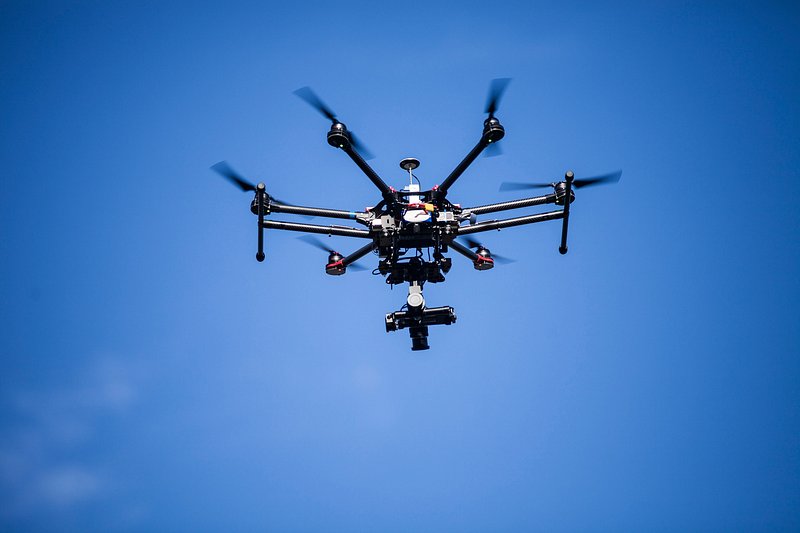
The two Russian soldiers crept down a dirt road very slowly, without realizing that above them was a Ukrainian drone tracking their progress. Within seconds, a small projectile dropped between them in a flash of bright orange. They stumbled away, injured but intact. Far behind, in a 10-mile command post, the Ukrainian officer called YG frowned. The attack had failed to hit the target and in Ukraine’s war of attrition, every missed shot has significance.

1. Waging a War with Fewer Troops
The acute battlefield limitation of Ukraine is manpower. Russia can commit much higher numbers, employing “meat wave” attacks with sacrificial troops in order to test defenses. “They send men knowing they are going to be hit, as bait,” YG explained. Ukrainian troops have redesigned operations in order to not engage directly as much as possible, instead utilizing drones, accurate artillery, and planned-upon rotations of troops in order to preserve their rare infantry.
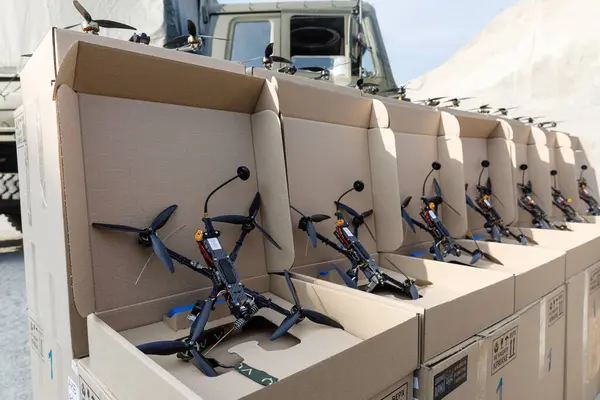
2. FPV Drones: Accuracy and Drawbacks
FPV drones quadcopters equipped with front-facing cameras and VR-goggle operation have become a hallmark Ukrainian weapon. Fitted with up to 1.5 kilograms of explosives, they can target moving vehicles, trench lines, or even infiltrate buildings. Advocates assert drones now inflict 60–70 percent of battlefield fatalities. But operational statistics reveal a more complicated picture: no more than 43 percent of sorties strike their target, and allowing for weather, interference, and aborted missions, the effective rate falls to 20–30 percent. Technical vulnerability, absence of night-vision, and extreme susceptibility to electronic jamming render them unreliable. Units are testing fiber-optic-controlled FPVs, resistant to jamming, but these are more difficult to pilot and double the price of radio-controlled models.

3. Scaling the Drone War
High-end units such as Birds of Magyar showcase the industrial magnitude of Ukraine’s drone war. In March alone, they consumed 7,874 FPVs and 3,582 heavy bombers, striking 5,334 targets. Whereas viral clips focus on tank kills, the majority of strikes pin down infantry in trenches, supply convoys, and stationary positions. Heavy bombers, codenamed “Baba Yaga,” have heavier payloads and fly mostly at night, occasionally laying down anti-tank mines with pinpoint accuracy. Attrition is heavy: anecdotal evidence indicates FPV jamming losses of up to 50 percent, leading to the use of fiber-optic models.

4. Ground Drones and Robotic Logistics
Remotely controlled ground drones, wheeled or tracked, now transport cargo and medevac casualties for distances of more than 10 miles. They can be slowed by changes in terrain, forcing wounded troops to restart them or even manhandle the vehicles themselves. Each mission requires dozens of people for navigation, tracking, and recovery a reminder that unmanned systems still require a lot of human support.

5. Artillery Integration and Precision Fires
Artillery is still the mainstay of Ukraine firepower. Western-supplied 155mm platforms, precision-guided munitions such as Excalibur, and enhanced ISR make suppression of Russian positions and counter-battery fire possible. According to analysts, “Artillery should be used to allow infantry and armour to assault defensive positions keeping enemy soldiers’ heads down.” Timed attacks with barrages coordinated with drone reconnaissance reduce exposure. Barrel wear, ammunition replenishment, and the multifarious management of 14 different types of howitzers add logistical pressure.
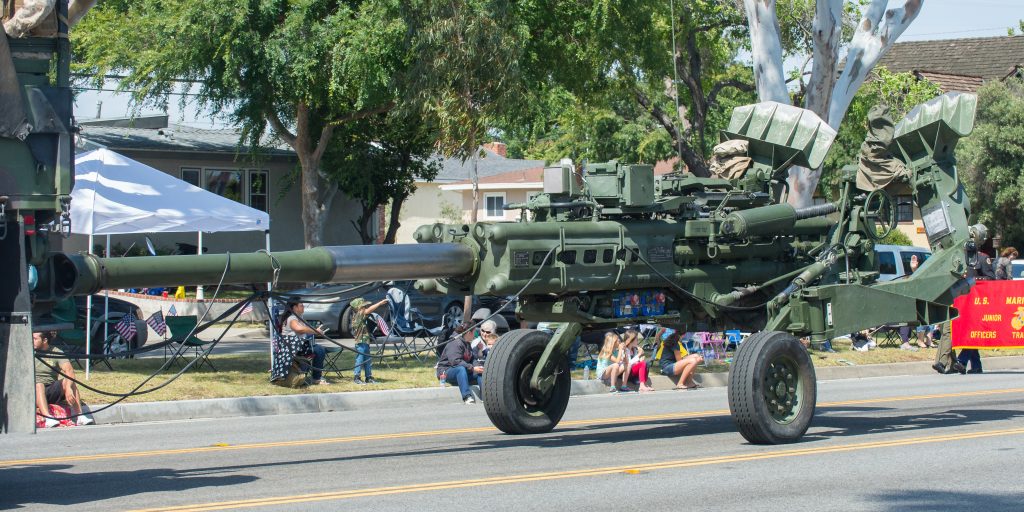
6. Deception and Survivability
Decoys inflatable tanks, plywood M777 howitzers are busy working behind the scenes. Strategically placed with wheel ruts, ammo boxes, and even dummy latrines, they can lure $35,000 Lancet drones onto $500 targets. Command centers are concealed in homes, and soldiers drive in non-descript vehicles to remain under the radar. Uniforms are even eschewed close to the front to minimize the chances of being pursued by drones.
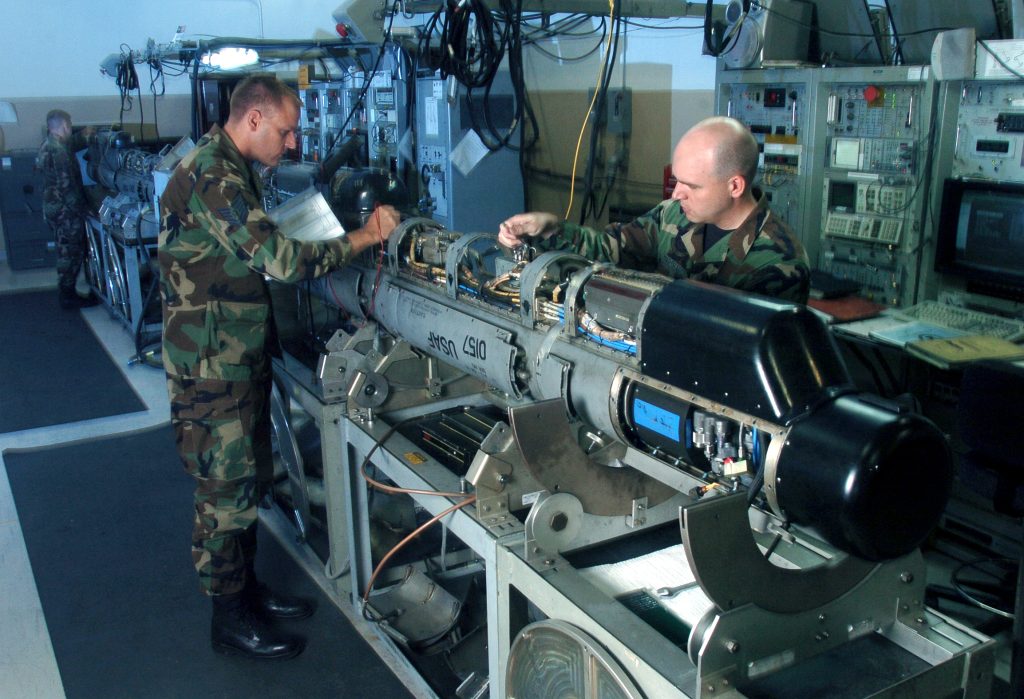
7. Electronic Warfare and Countermeasures
The electromagnetic spectrum is a congested battlefield space. FPVs use unencrypted analog links, which require units to deconflict frequencies in the field. JAMming by the enemy brought down 31 percent of some units’ sorties, and friendly jammers added losses. Fiber-optic drones defeat these attacks but deposit a physical cable trail back to the launch point, requiring quick repositioning.

8. Industrial Adaptation and Future Trends
Ukraine’s domestic drone output has surged to around 200,000 FPVs per month, with production expected to more than double in 2025. Additive manufacturing near the front line produces spare parts within hours. Autonomous targeting is emerging, with some drones already capable of “automatic terminal homing” toward operator-designated shapes. Full autonomy drones that select and strike targets independently faces constraints in sensor cost, onboard computing, and ethical considerations, but could eventually penetrate deeper, more protected positions.
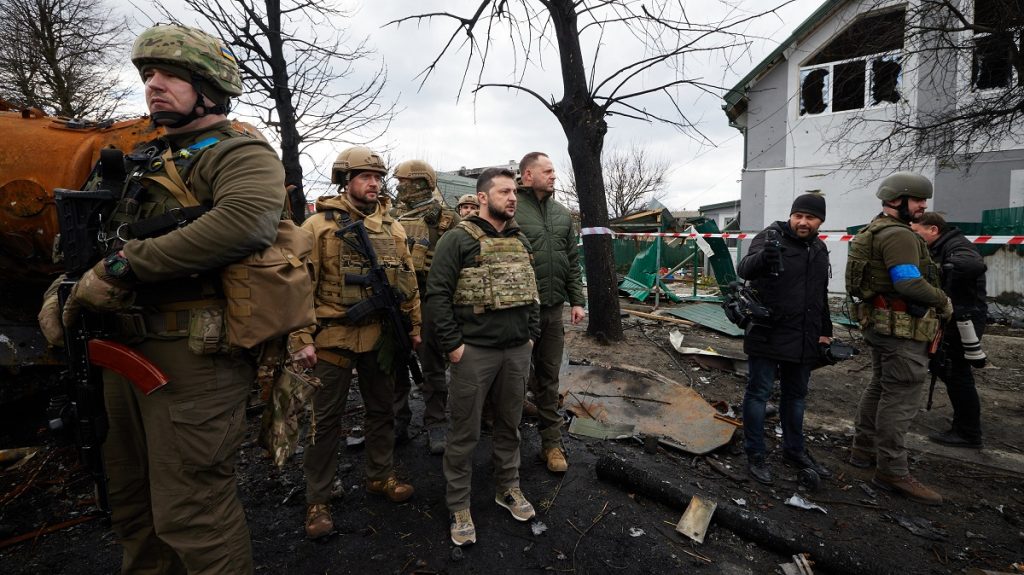
9. Lessons for Global Militaries
The Ukraine conflict has been a testing ground for high-attrition, technology-drenched warfare. Victory is less about individual high-expense platforms and more about scalable, robust systems that are integrated with ISR, deception, and adaptive tactics. As one retired U.S. general noted, “Russia can’t win unless we in the West completely quit.” For Ukraine, maintaining this equilibrium of technology, precision, and manpower conservation is the way to hold the line and maybe turn the war’s tide.


